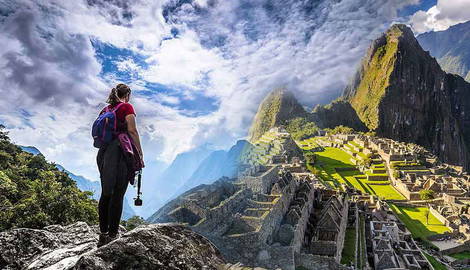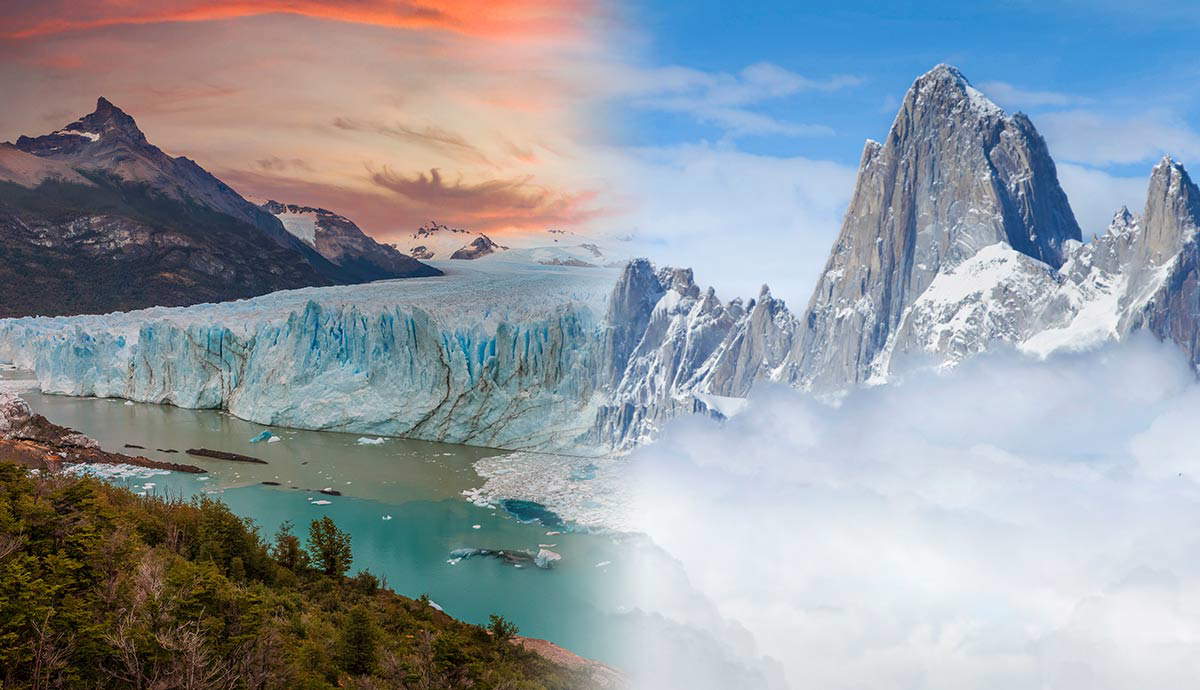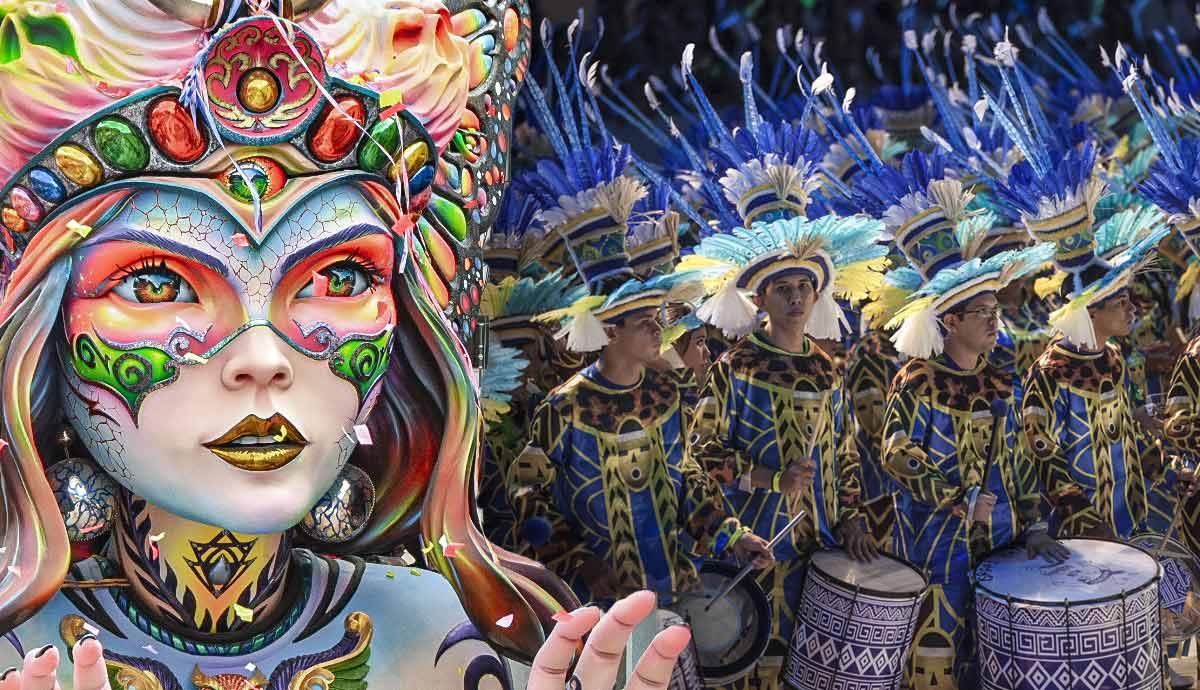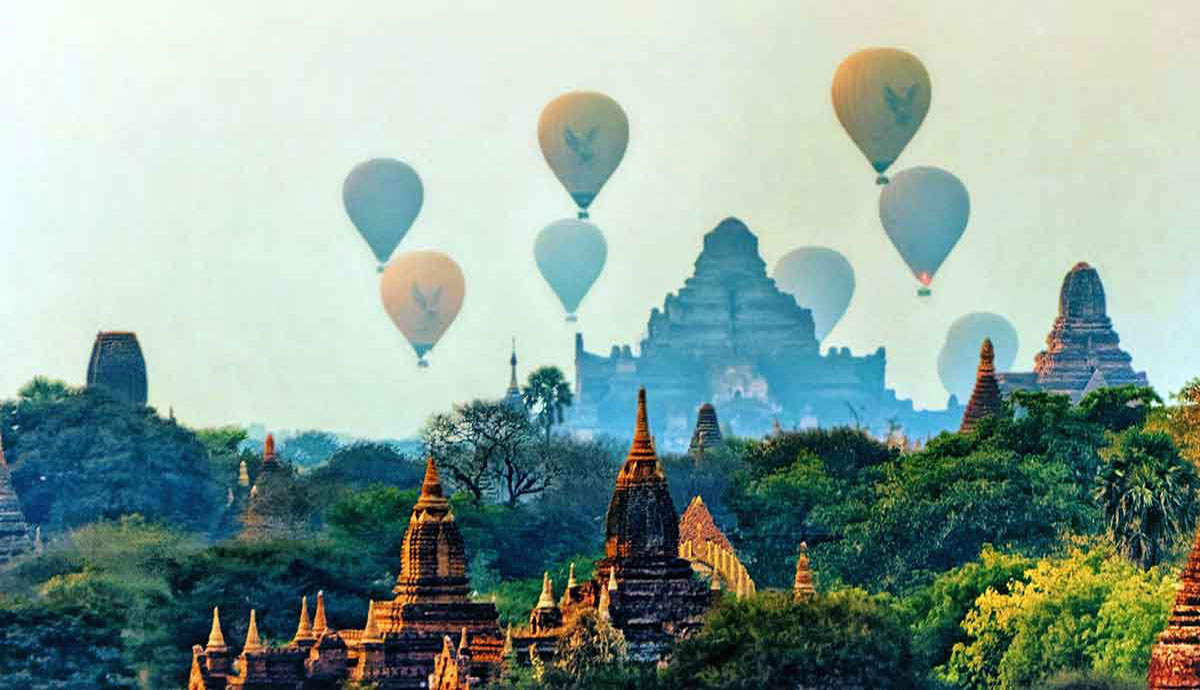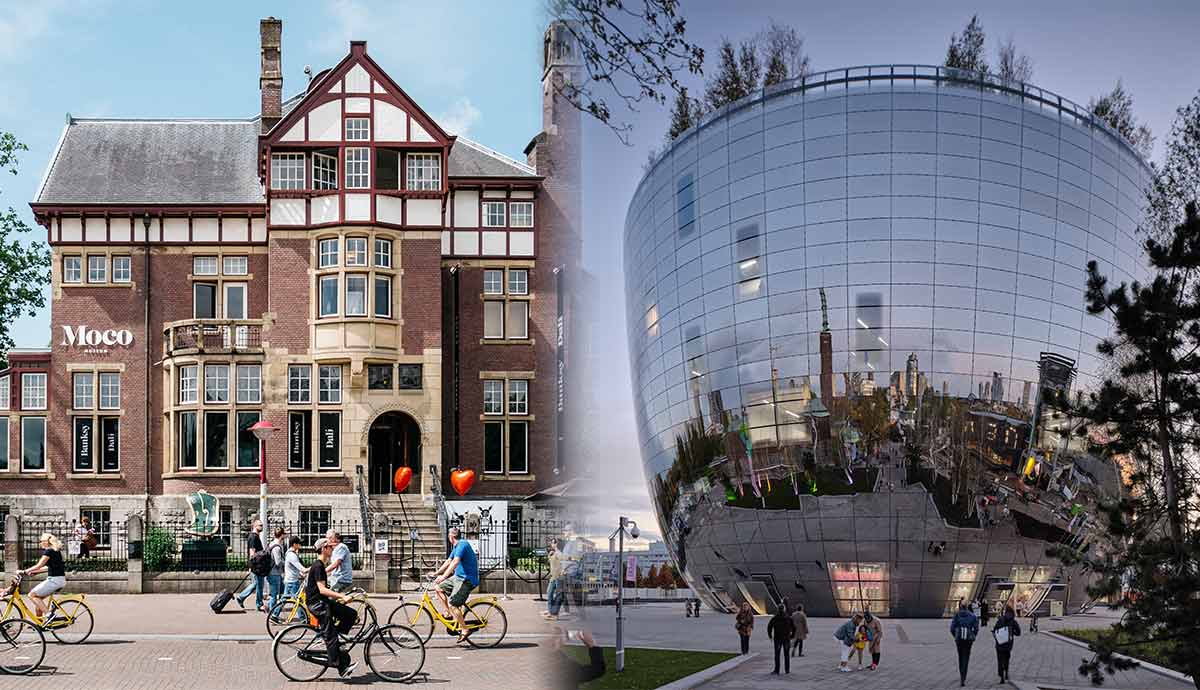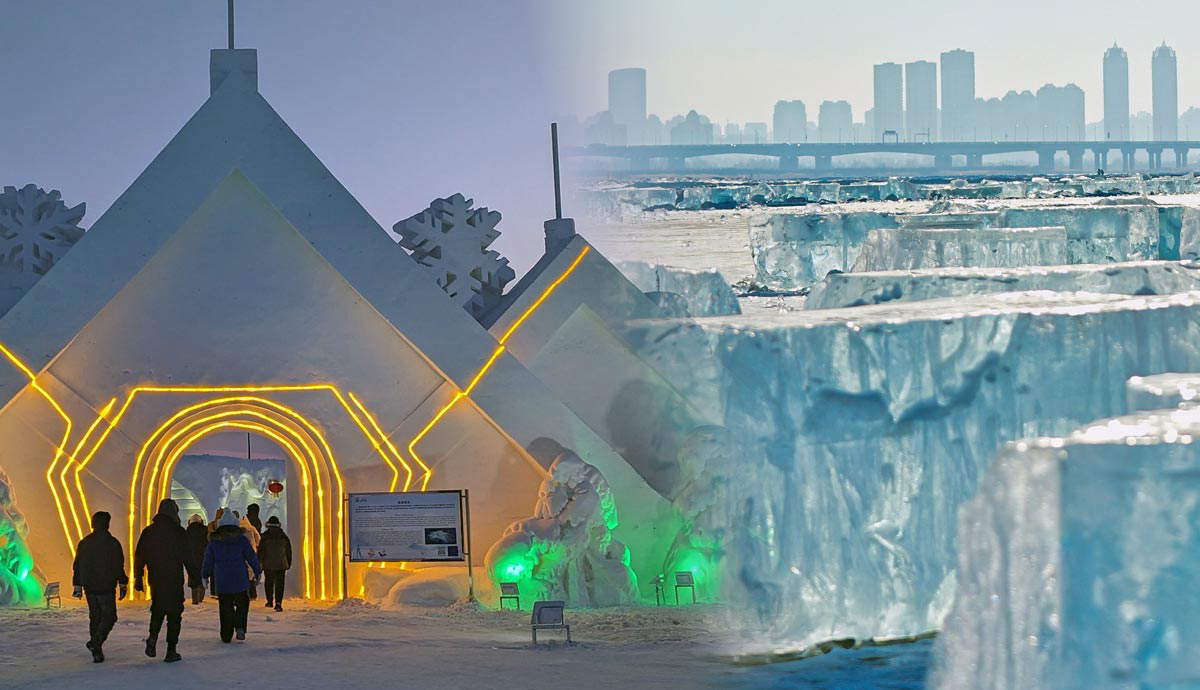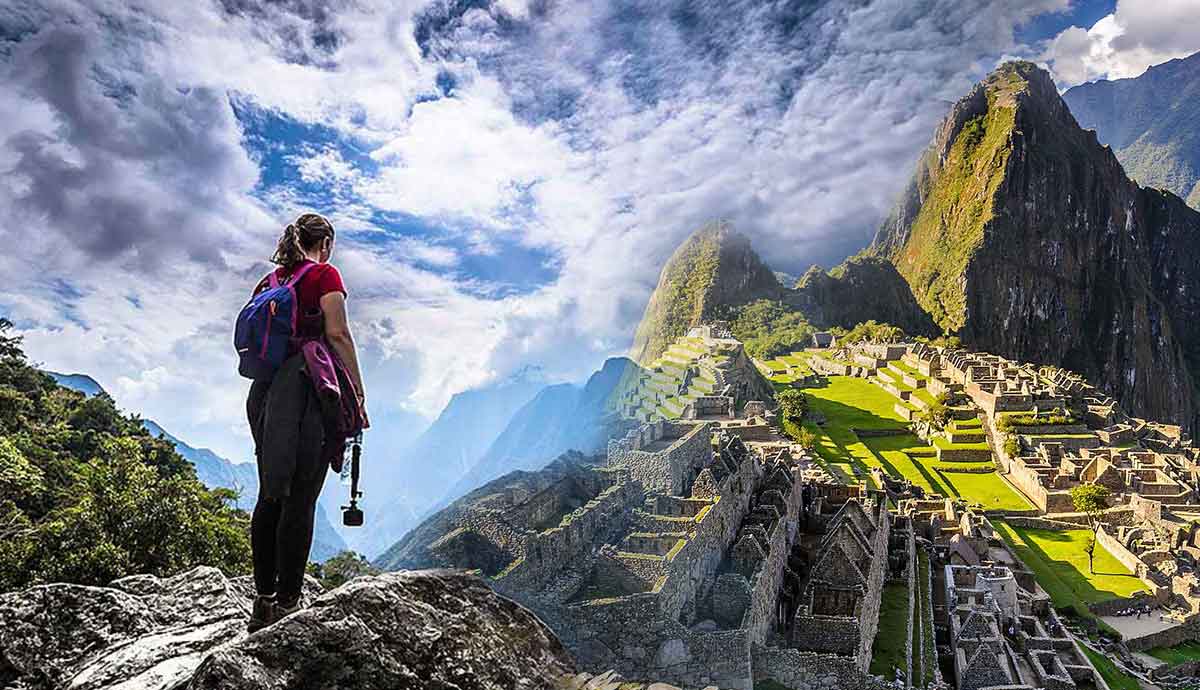
The ancient Incan citadel of Machu Picchu has been a magnet for historians, archaeologists, and intrepid explorers since it was “rediscovered” some 100 years ago. In more modern contexts, it is considered the poster child of South America’s tourism scene, attracting over one million visitors yearly—more than any other singular site on the continent.
So, what is Machu Picchu all about, and more importantly, how does one plan a visit?
That’s what we’re here to find out!
What Is Machu Picchu and Why Is It So Prized?

Machu Picchu is a 15th-century citadel built by order of the Inca Emperor Pachacuti. Confirming that “location” is most crucial when building real estate, the citadel was constructed atop a small plateau over 8,000 feet above sea level. It is surrounded by eye-popping Andean peaks and is—without a doubt—one of the most striking places you are ever likely to see anywhere.
The site comprises temples, plazas, and abodes, all built from enormous stone blocks cut so precisely that no mortar was ever needed to hold them together. Not even the thinnest blade of glass will fit between them. And yes, you can try—everybody does during a visit.
This type of mortar-less construction is called ashlar masonry. Although it was utilized by other ancient cultures, like the Egyptians, it is one of the Incas’ most recognized traditions. Incidentally, they also invented freeze-drying and skull surgery—read more about those here.
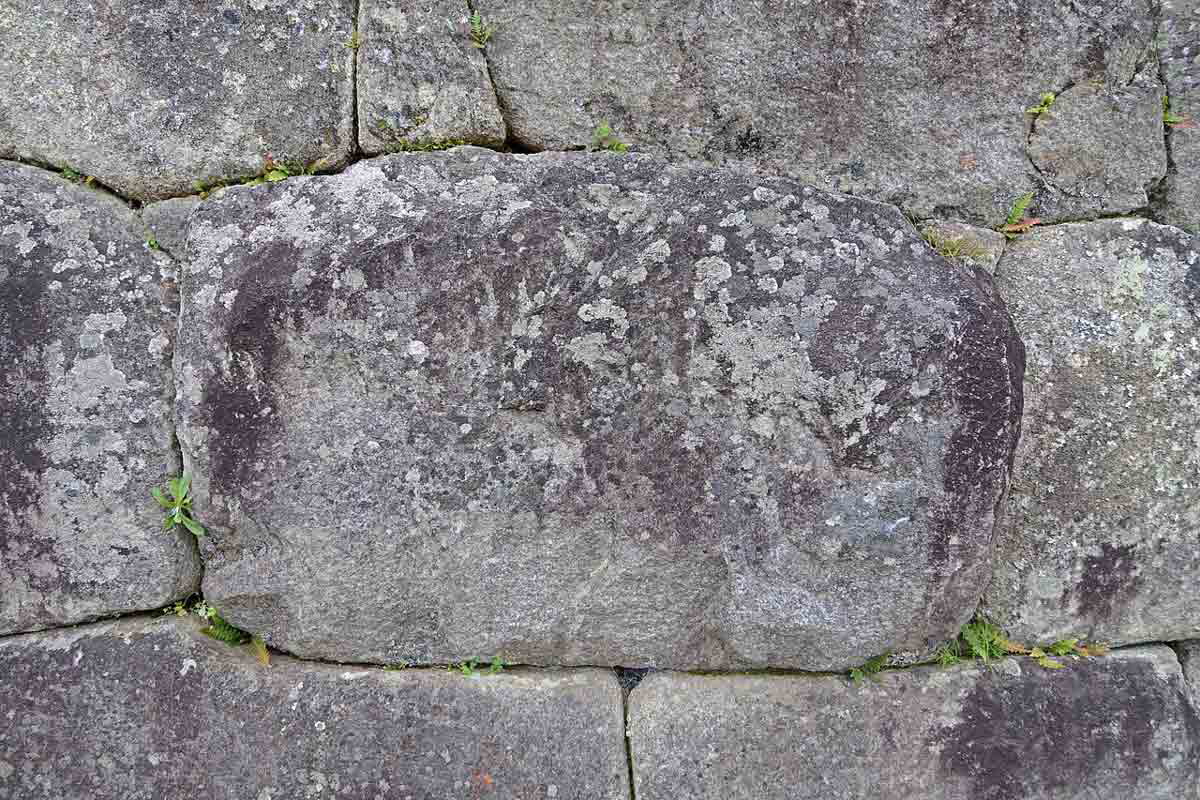
Another famous Inca practice was terraced farming, likewise seen around Machu Picchu. The Incas revolutionized agriculture with this technique, transforming steep mountain slopes into productive farmland by building a series of step-like farms (terraces) to create flat ground for cultivation. This not only helped them maximize farming land but also preserved water and prevented soil erosion since the stone walls of each level absorbed and distributed moisture evenly.
The citadel has been UNESCO-listed since 1983, and in 2007, it was named one of the New Seven Wonders of the World.
Where Is Machu Picchu?
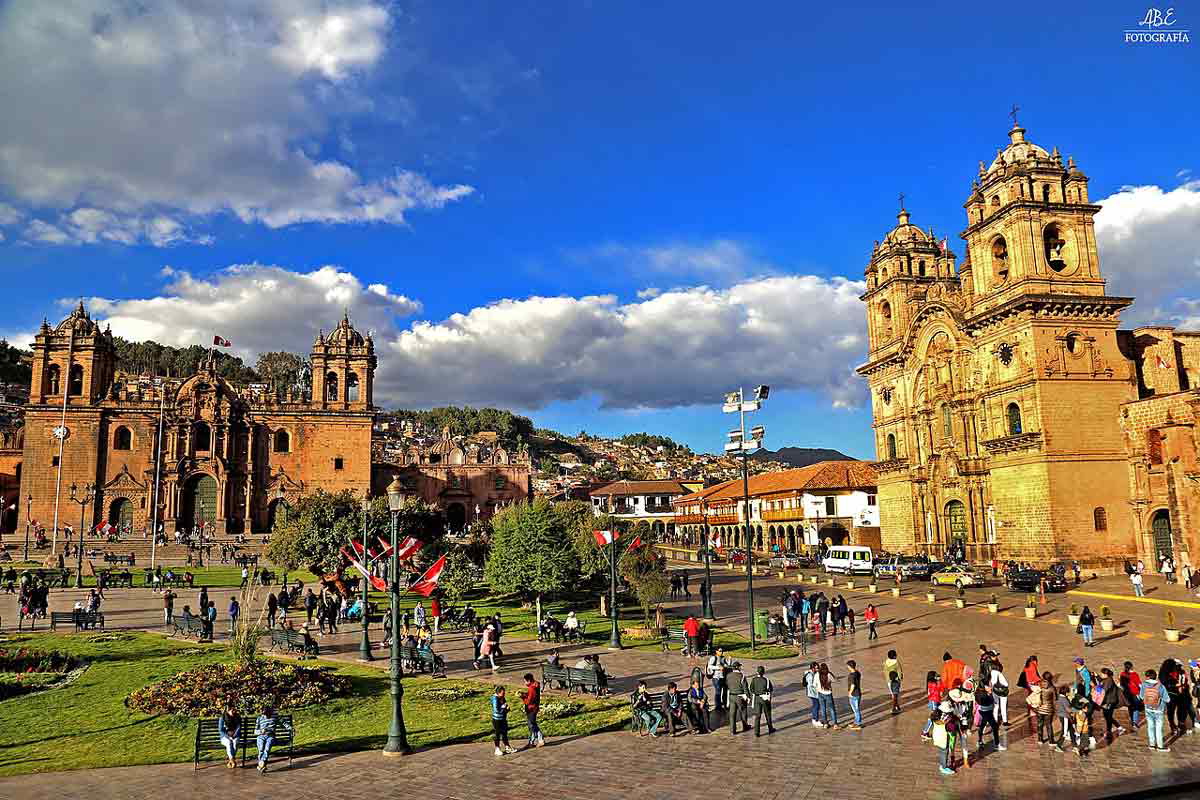
The plateau where Machu Picchu is located is above the Sacred Valley of the Incas, a deep-set valley home to a flurry of exceptional Inca ruins. The closest major town is Cusco—the springboard for all excursions in the area.
Cusco was the former capital of the mighty Inca Empire. It is a stunning town that’s worth exploring for a few days before heading up to Machu Picchu.
The History of Machu Picchu — In a Snapshot
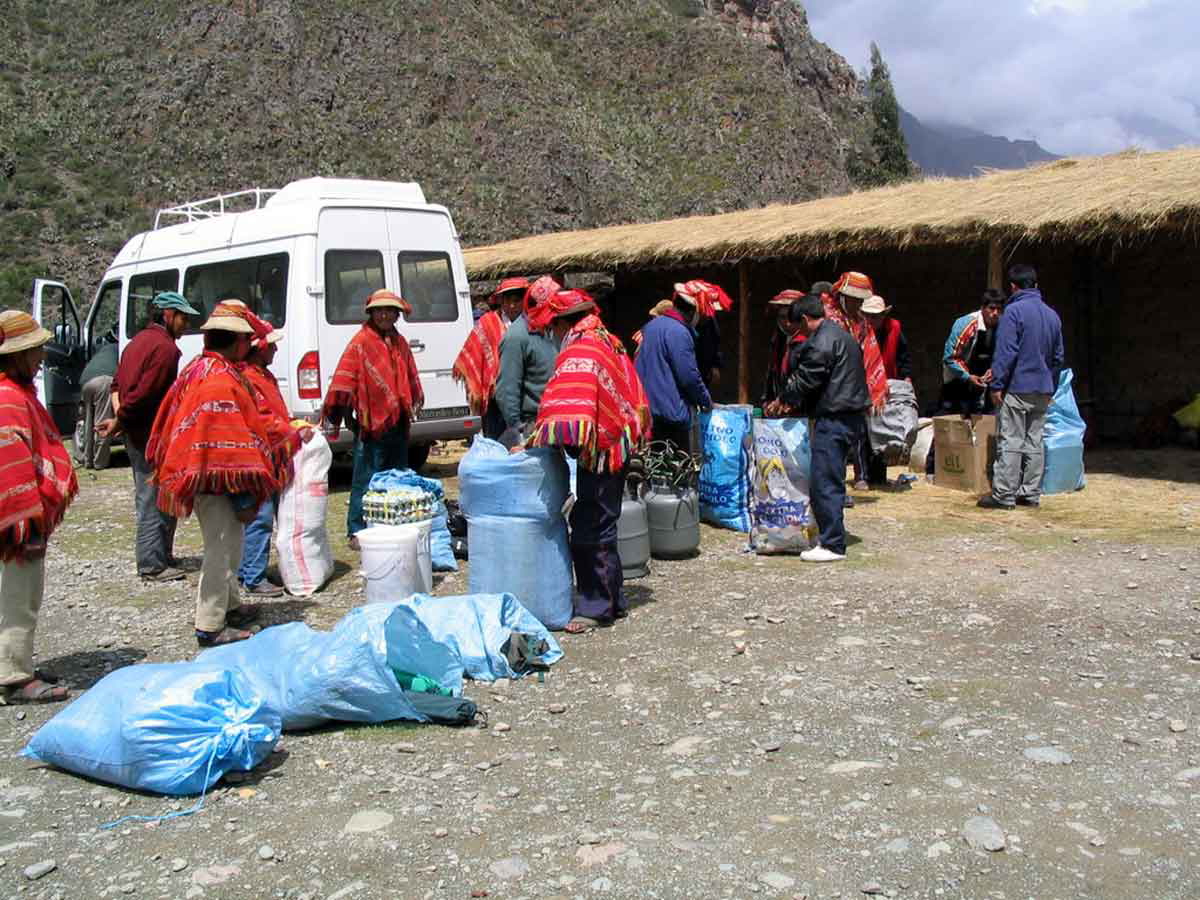
Most of what is known about Machu Picchu is pure assumption. Debate among scholars abounds. Was it an actual city, a sacred religious site visited only on special occasions, or perhaps a royal holiday retreat for Pachacuti? No one knows for sure, and this has fueled expert fascination with the site, which still persists.
What we do know is that the citadel was abandoned sometime before, during, or immediately after the arrival of the Spanish conquistadors. It then fell into disrepair and was “forgotten” for centuries.
It is worth knowing that while the site is often dubbed the “Lost City of the Incas,” it was never truly “lost” as such. Locals knew of its existence, of course, but it wasn’t until American historian and explorer Hiram Bingham stumbled upon it in 1911 that the rest of the world learned of its existence. Bingham’s “big discovery” sent excited ripples through the world, making Machu Picchu a household name and one of the world’s most valued historical sites.
An entire tourism scene has been carefully crafted around the site, and all nearby communities greatly benefit from the tourism income. While guides are usually formally trained and educated city folks, porters are almost exclusively from the surrounding highlands. Most are from local Quechua-speaking Indigenous communities. They are the ideal companions and helpers for these physically taxing adventures at high altitudes.
How to Plan Your Visit
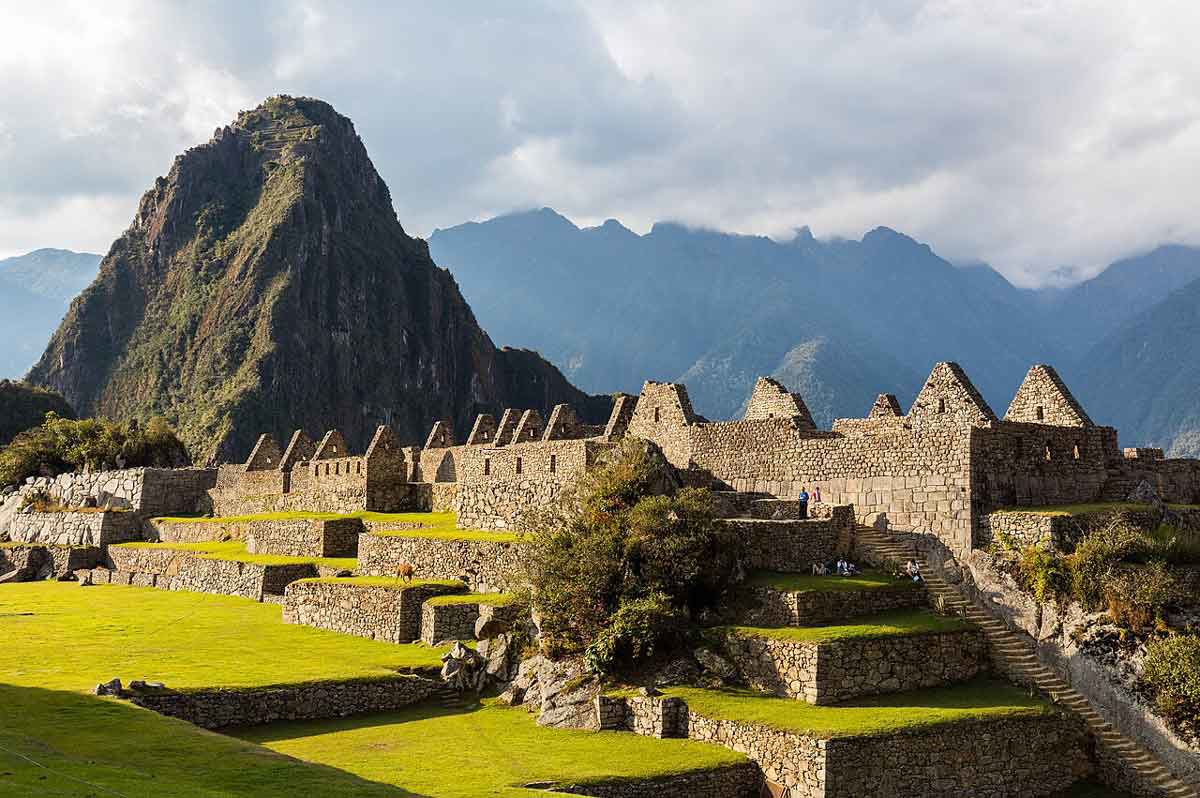
Years ago, visiting Machu Picchu entailed packing supplies in a hefty backpack and spending a few days crisscrossing the high Andes on foot before descending into the citadel from the by-now Insta-famous Sun Gate. You paid the equivalent of USD $5 to enter the site, and that was it. Yes… visiting Machu Picchu in the 1980s was a bit of a dream.
Visiting Machu Picchu today is still a breathtaking and unforgettable experience. But it is also a logistical challenge.
We shall pre-empt this by saying that even if you plan to visit Machu Picchu on an organized packaged tour, the following information will be helpful. At the very least, it’ll help you figure out what kind of tour would suit you best.
Machu Picchu Visitor Regulations — The First Hurdle
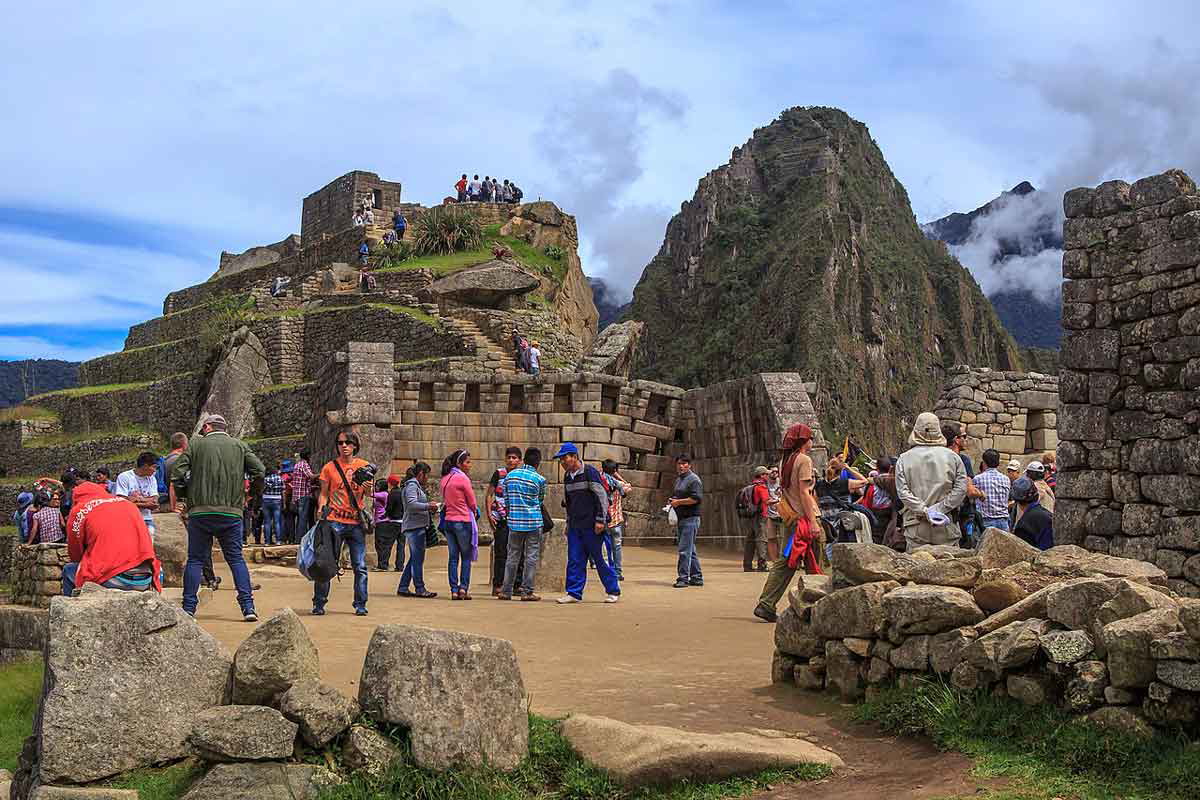
After years (decades?) of overtourism, the Peruvian Government has changed course and wisely decided to place restrictions to protect the site. They include:
- A cap on daily visitors (just over 4,000 — 75% of tickets are set aside for guided tour operators)
- Timed entry (you purchase a ticket with a specific entry time window)
- Visitors are only allowed on site for a maximum of four hours
- A guide is recommended (although not yet mandatory)
- Tickets are sold based on a pre-determined circuit
- Climbing the site’s structures is now forbidden (yes, believe it or not, it used to be allowed)
Tickets for the citadel sell out months in advance in high season, so unless you’re planning to visit during the off-season (between December and March) and don’t mind risking missing out, you’ll need to pre-plan your visit.
Planning a visit is essentially a two-step process.
Step 1 – Buy your entry ticket to Machu Picchu;
Step 2 – Decide how you will reach the citadel from Cusco.
Buying an Entry Ticket to Machu Picchu
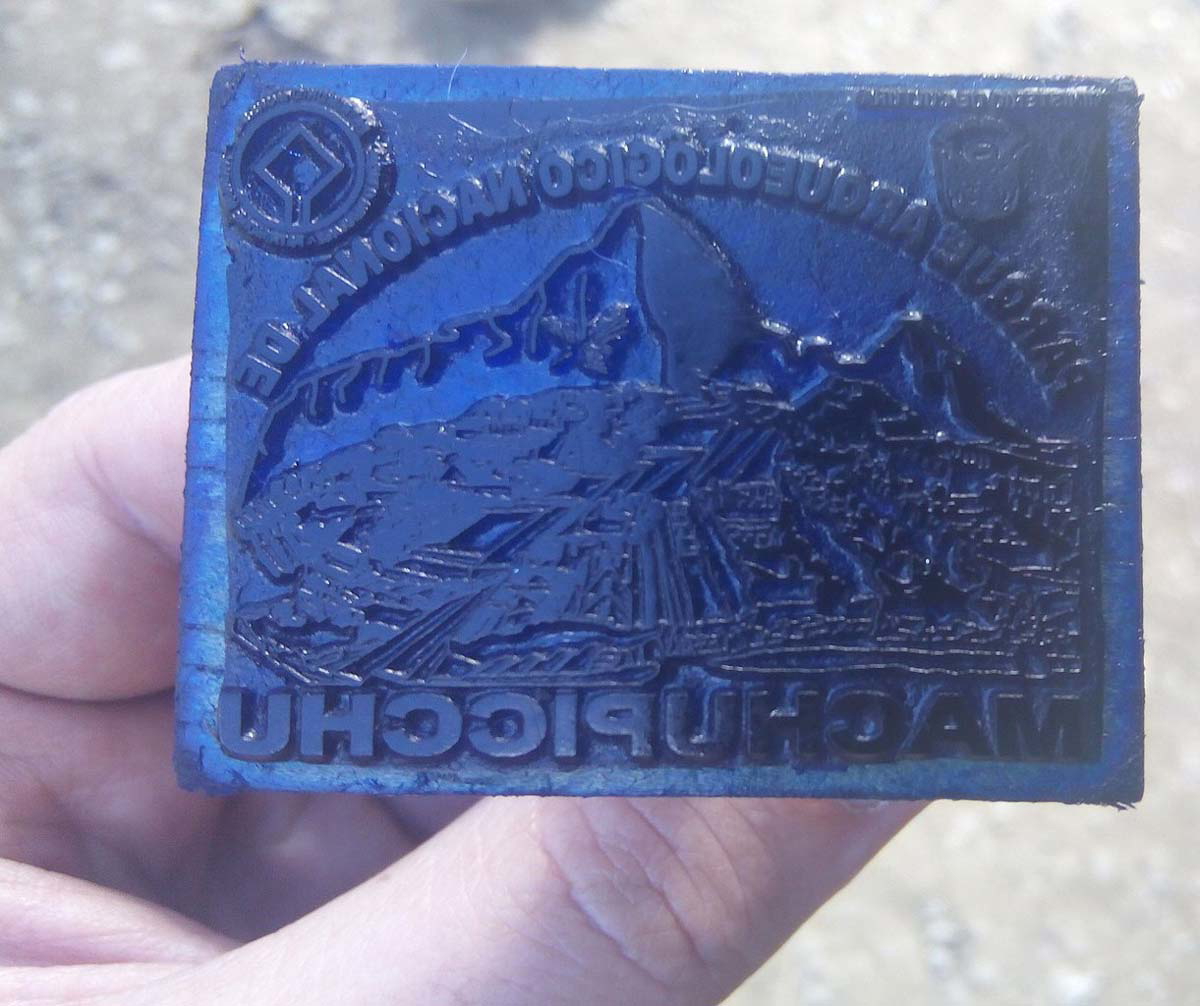
Firstly, buying an entry ticket to Machu Picchu means guessing in advance how much energy you’ll have during your visit. No easy feat. Many are defeated by the altitude by the time they enter the site—part of the reason why spending a few days in Cusco to acclimate to the altitude is so crucial.
Secondly, you need to understand the three “circuits” offered (Panoramic, Classic, and Machu Picchu Royalty) and the various routes offered within each circuit. Without a detailed explanation of each option—more that can be detailed on this page—this is mind-bogglingly difficult. You can always begin on this page and see how far you get.
If you’ve made sense of it all and have a fair idea of which ticket type you would like, head to the official online portal. Now, it is time to figure out which time slot you’d like, following the circuit and route you have chosen.
Insider tip: Do yourself a colossal favor and purchase your ticket through a reputable third-party agent, like GetYourGuide or Viator—their ticket explanations are in English, and tourist reviews might help you figure out which ticket would suit you best much faster. You’ll also receive details on your precise entry point.
How to Get to Machu Picchu
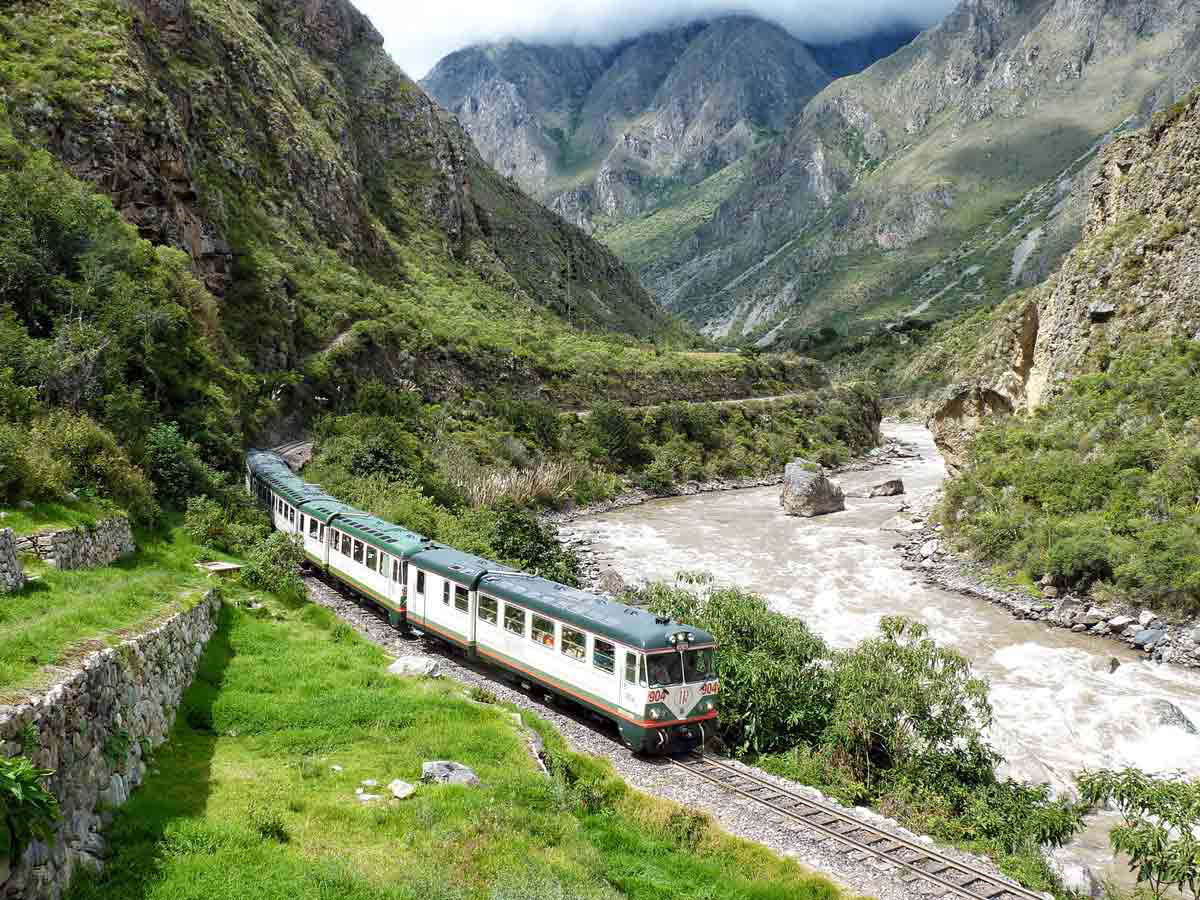
Young, more mature, fit or not—the beauty of a visit to this exquisite site in the 21st century is that options abound.
1. By Train: The Easy and Scenic Option

The most popular and easiest way to reach Machu Picchu is by train. Two companies, PeruRail and Inca Rail, offer scenic routes from Cusco, Ollantaytambo, or Urubamba to Aguas Calientes, the closest village to the site’s entry gates. The train ride itself is an incredible experience, trailing the Urubamba River through the breathtaking Sacred Valley, past snow-capped peaks and ancient terraced farms. The ride is comfortable, and the views are out of this world.
If you’re looking for something extra special, however, riding the Belmond Hiram Bingham is the way to go. The luxury ride comes with gourmet meals, live music, and impeccable service. Part kitsch, part spectacular—this is that once-in-a-lifetime experience many will appreciate.
Once you arrive in Aguas Calientes, you’ll take a 30-minute shuttle bus up a winding road to the entrance of Machu Picchu.
2. Classic Inca Trail: The Ultimate Trek
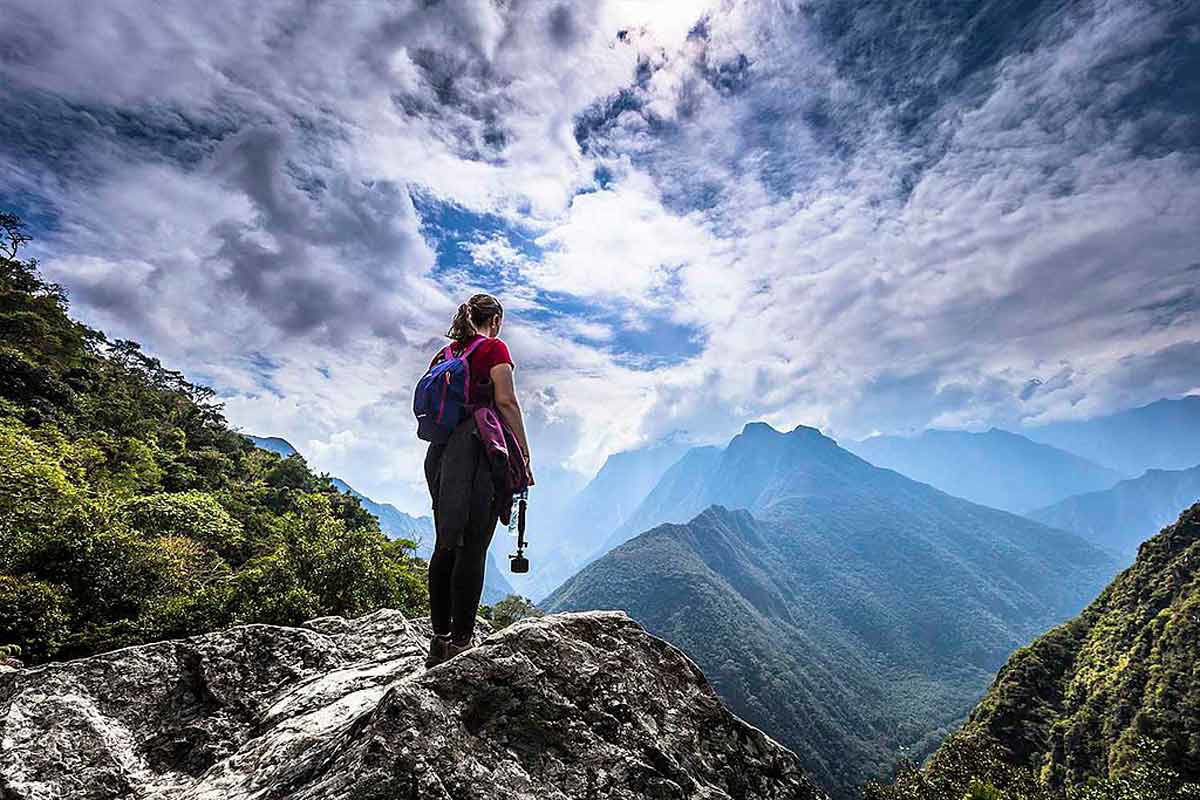
If you’re up for the ultimate (and most iconic adventure), the Classic Inca Trail is the trek you’re after. It is one of the world’s most coveted trails. The four-day hike leads you up and down an awe-inspiring section of the Central Andes. You’ll visit lesser-known ancient ruins and explore cloud forests. On the last day, the alarm is set for 4 am so you can be at the Sun Gate and cast your eyes on Machu Picchu for the first time just as the sun rises.
It is a physically demanding trek that requires a reasonable (if not high) level of fitness, but the reward of witnessing Machu Picchu at sunrise and without crowds is worth every step. The first buses and trains don’t arrive until mid-morning so trekking is about the only way to see Machu Picchu without crowds.
Permits are mandatory and limited to 500 people per day (guides and porters included), so booking in advance is again a must—especially during peak tourist season (June-August). Permits range between USD $550 and USD $1,500, depending on the luxury level desired.
3. Short Inca Trail: A Taste of the Classic Trek
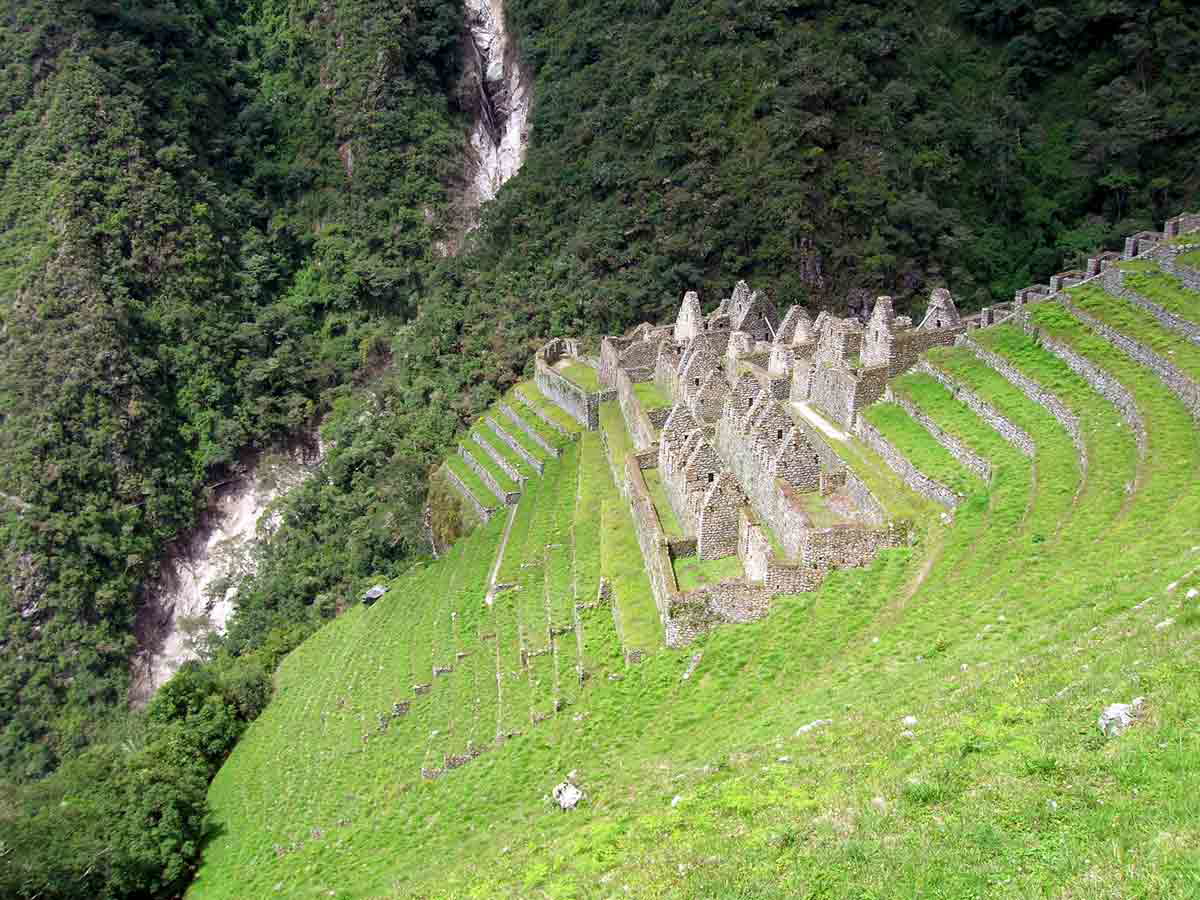
Pressed for time or just not keen on a multi-day hike through the Andes but still want a taste of the wilderness? The Short Inca Trail is a perfect compromise. You’ll trek for only two days, so it is less exhausting, but you’ll still experience the magic of the Andes and approach Machu Picchu from Sun Gate at sunrise. Win-win.
4. Salkantay Trek: The Off-the-Beaten-Path Adventure
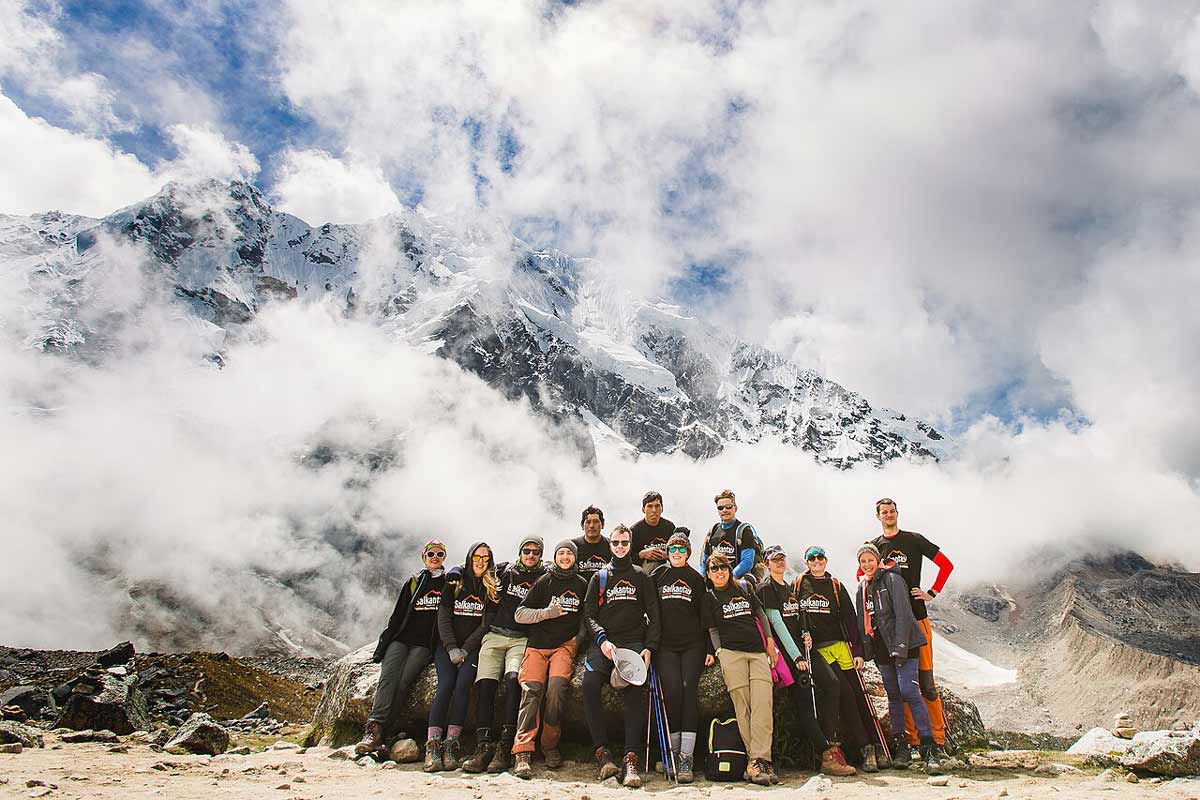
If you want to avoid the crowds on the classic trail but still experience the amazing Andean landscapes for a few days, Salkantay is a great alternative route to consider. The five or seven-day trek takes you through glaciers, cloud forests, and tropical jungles, past lesser-known ruins and remote villages.
Lo and behold: you don’t need a permit to hike the Salkantay Trek if you wish to go it alone! Unless you choose an option that overlaps with the Classic Inca Trail—in which case, a fee will be charged. Overall, this is a fantastic option for hard-core explorers who wish to remain flexible about how they’ll reach Machu Picchu. You can also choose a guided option with an accompanying porter.
5. By Bus and Walking (Hidroeléctrica Route): The Budget-Friendly Route
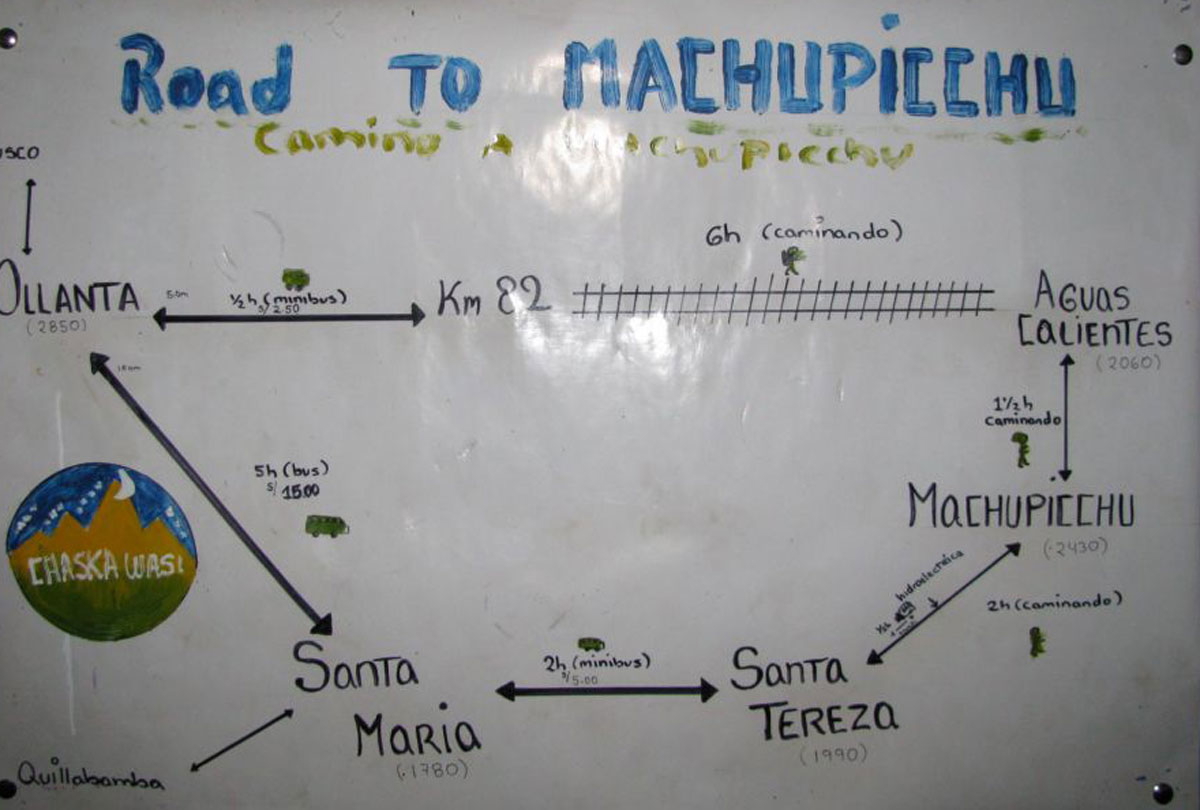
If you’d like to save a fair bit of money and cardiovascular strain, there is a combination of bus + a short hike known as the Hidroeléctrica route, which follows the train tracks. Take a public bus from Cusco to Hidroeléctrica (change in Santa Maria and again in Santa Teresa), then walk along the rail line for about three hours to reach Aguas Calientes. Once there, either take the shuttle bus up to Machu Picchu or hike the final stretch if you have an overabundance of stamina.
Admittedly, this is not the most luxurious route, and it is also time-consuming. The three bus rides (on colectivos) can easily take six hours. Yet the adventure is part of the fun, the nature is still gorgeous, and it saves a fair bit of money. So, consider this an off-the-beaten-path option that appeals to backpackers and many independent travelers.
When Is the Best Time to Visit Machu Picchu?
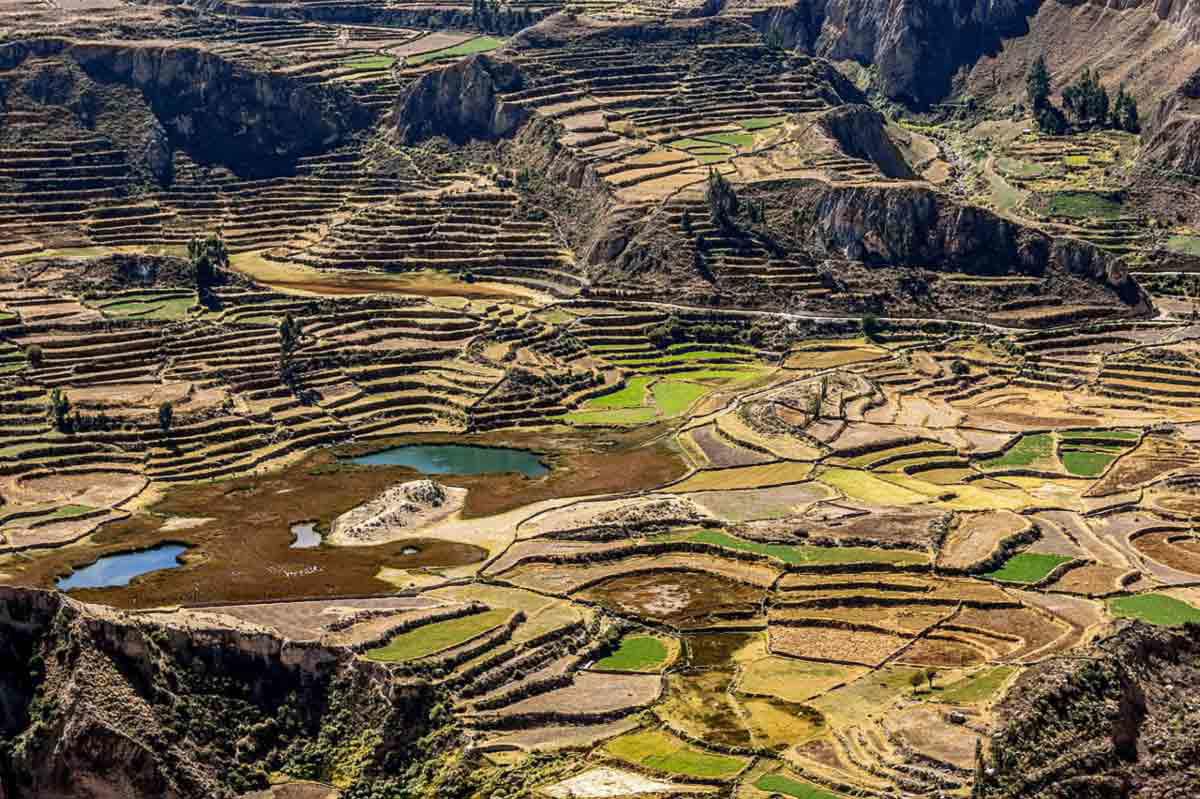
The most hassle-free and enjoyable time to visit Machu Picchu, and Peru in general, is during the dry and sunny winter months—April to September. This remote section of the Peruvian Andes is prone to landslides after heavy rains, so the wettest months (December to March) are the riskiest if you plan to visit the site by hiking. Travel disruptions and last-minute closures of train and bus services are not unheard of during this time. Hikers, please note that the Classic Inca Trail is closed for maintenance every year in February—but others remain open, as does the citadel.
Peak tourist season falls in July and August due to idyllic weather conditions in Peru and summer vacation for Europeans and North Americans. If you have no option other than visiting during this period, secure your Machu Picchu entry ticket at least three to four months in advance.
